Siberian chipmunks are one of the few chipmunks living in northeastern Europe and northern Asia in the forested areas of the rat species, many parts of our country also have their figure. Once the Siberian chipmunks can be described as “full of evil”, they often steal farmers planted walnuts, apricots, apples, pears, etc., but with the improvement of people’s standard of living, many people already do not care about this kind of behavior, and even a lot of people will be dedicated to come up with some food to feed them. In the city, you can often see people selling Siberian chipmunks in the pet market, after all, the face value is justice. If someone wants to buy a Siberian chipmunk, you may want to refer to this selection guide.
Contents
Start from the appearance
Body Type
Siberian chipmunks are large, with a body length of 12-17 centimeters and a weight of 50-150 grams.

Head
The Siberian Chipmunk has an oval head with a long, narrow skull and a non-protruding cranium. The muzzle is short, with a buccal sac in the mouth; the nose protrudes beyond the upper incisors; and the ears are erect, with distinctive hair on the outside of the ear shells.

Back
The back of the Siberian Chipmunk has five very distinct black longitudinal stripes separated by four yellowish stripes. The center one is black, the two closer ones are blackish-brown, and the two outermost ones are white.
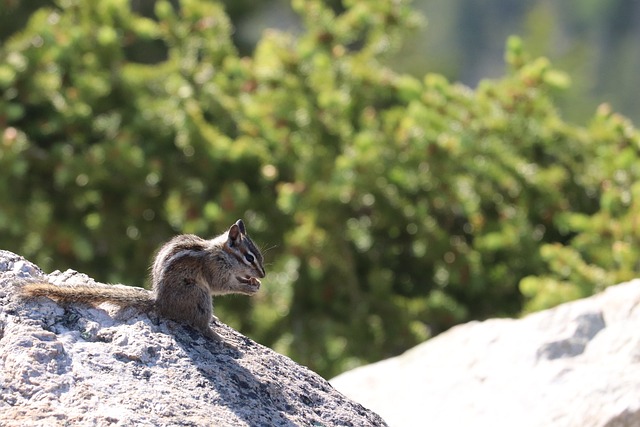
Limbs
The limbs of the Siberian chipmunk are slightly longer, with the hind limbs being longer than the forelimbs. The overall color is yellowish, with the inner parts being off-white or white.
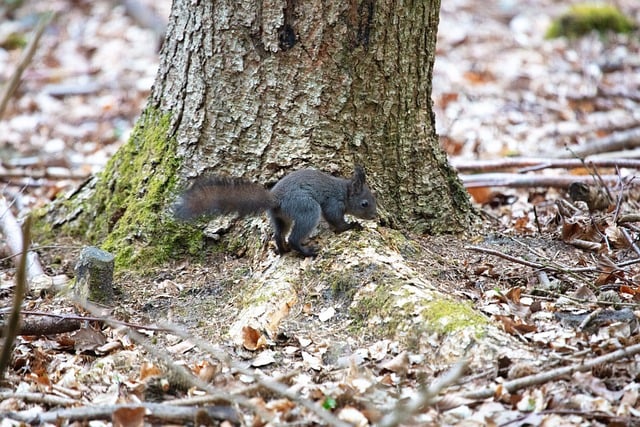
Tail
The Siberian Chipmunk’s tail is very long and fluffy, with a broom-like shape that extends to the sides. The upper part of the hair is dark brown, while the lower part is orange-yellow.
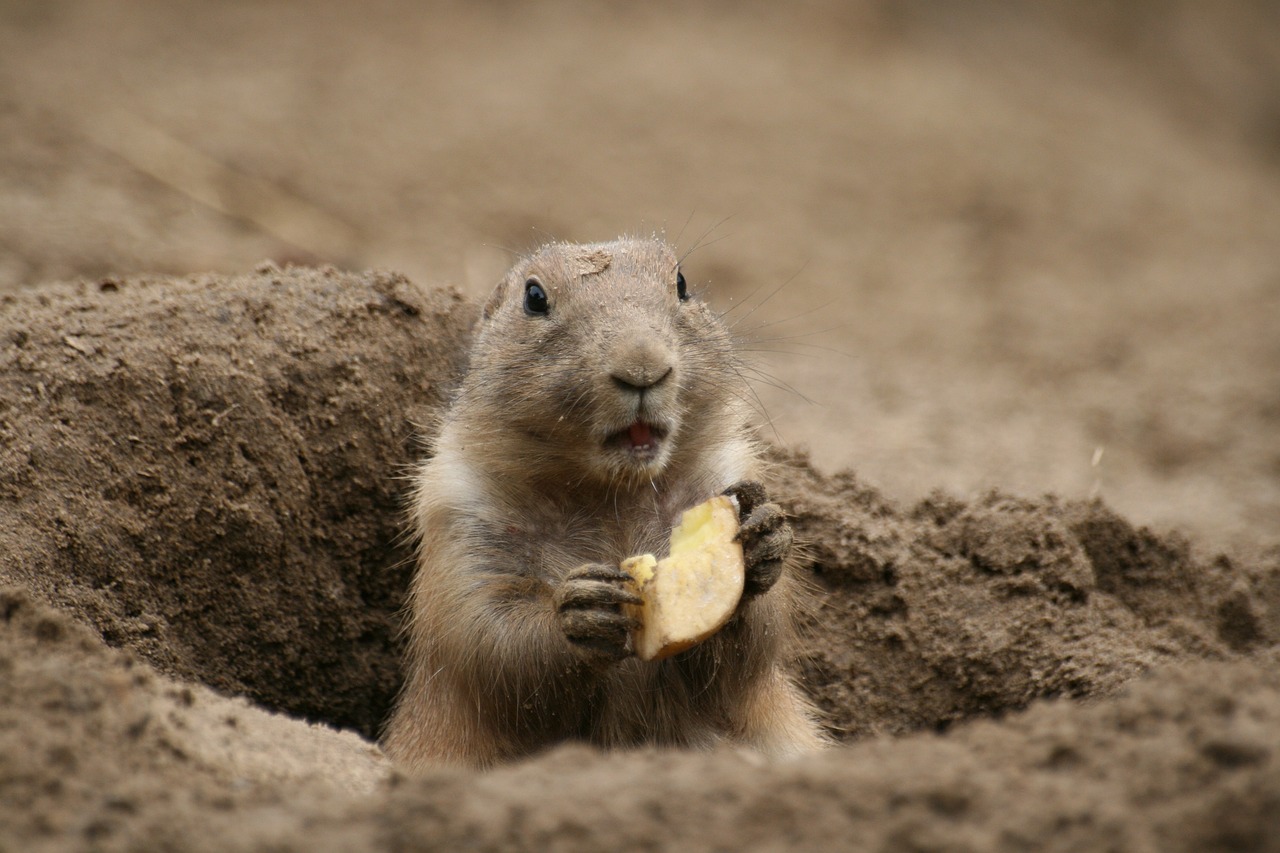
Starting with health
- To see if the Siberian Chipmunk has any locomotor deficits, gently tap the cage to see how it reacts.
- See if the Siberian Chipmunk has any skin diseases. Those with skin diseases will have symptoms such as hair loss and baldness, which can be seen directly from their appearance.
- See if the Siberian Chipmunk has any discharge from its nose or eyes, if so, it is sick.
- See if the Siberian Chipmunk’s butt is clean, if the wetness around it proves that it has diarrhea, then its health is predictable.

Is the Siberian Chipmunk a good keeper?
Siberian chipmunks are still very easy to keep, just pay attention to the following points.
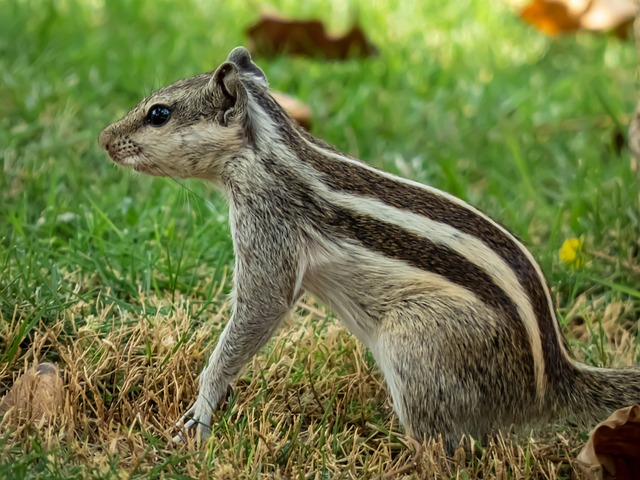
First of all, before we keep Siberian chipmunks, we need to prepare a cage, the cage is better to be bigger, at least bigger than the cage we usually keep hamsters, because Siberian chipmunks still have more activities, this is more important, usually we need to put some grass under the cage.

Then, when we raise Siberian chipmunks, in the early stage, it will not be close to us, we need to contact with it for a period of time, otherwise it will not play with us, and in the early stage, we need to pay attention to not be bitten by the Siberian chipmunks, and don’t feed it with food in your hand.

After that, when we raise Siberian chipmunks, we can feed a lot of food, such as: chestnuts, sunflower seeds, fenugreek seeds, you can also feed some fruits, which are all OK, feed, do not take the hand to feed it directly, throw it inside the cage can be.

Do Siberian chipmunks bite?
Siberian chipmunks bite. When someone provokes or harms a Siberian chipmunk, the Siberian chipmunk will also bite because of the stress caused by the shock. If you are bitten by a hamster, rinse the wound directly and apply iodophor alcohol to sterilize it, and in serious cases, you need to go to the hospital for rabies vaccination.

Another situation is that the owner’s hands smell of food, Siberian chipmunks take the owner’s fingers as food, it is recommended that you wash your hands before and after each feeding.

How long do Siberian chipmunks live?
The lifespan of a Siberian chipmunk is usually around 5-10 years. After understanding the lifespan of Siberian chipmunks, let’s take a look at its feeding methods!

Siberian chipmunks are quite active, so owners need to prepare a larger cage, which should be cleaned diligently, at least once a week.
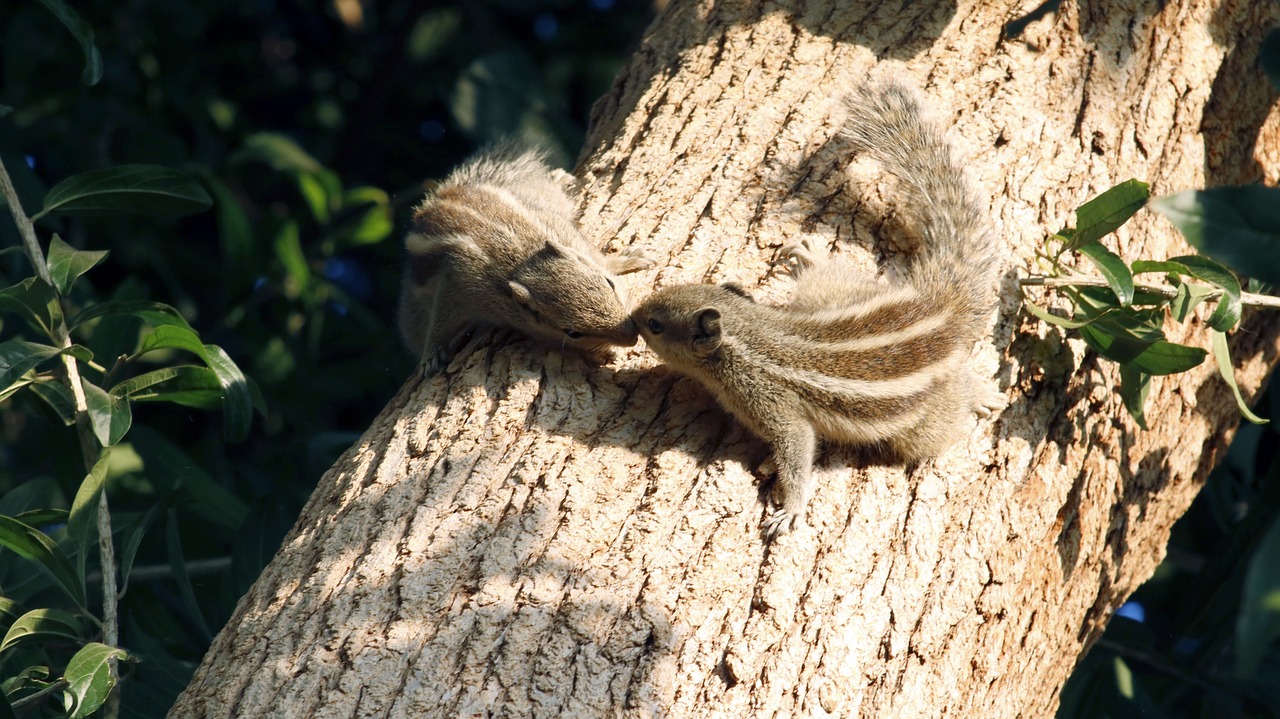
You can buy special feed for it, or feed it its favorite foods like carrots, potatoes, groundnuts, spinach, cabbage, tomatoes, cucumbers, etc. Nutty foods can also be fed some. You need to give it plenty of drinking water, the water source should be clean, and it is best to change it once a day.
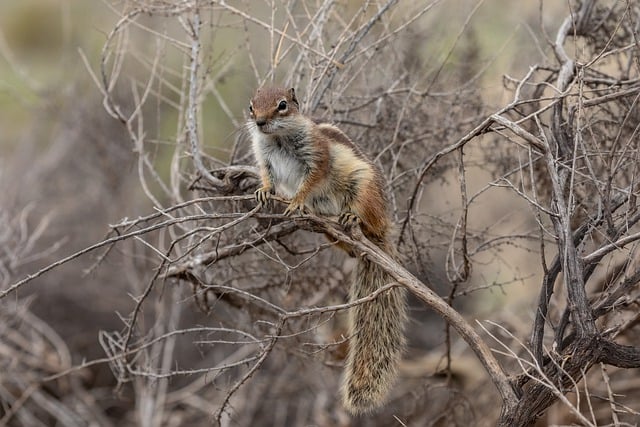
How to Treat Siberian Chipmunks When They Are Sick
Parasitic enteritis
Parasitic enteritis is caused by the presence of protozoan parasites, such as Trichinella, in the flagellum of the Siberian chipmunk’s intestines. Symptoms of infection are mostly soft and watery stools, and in severe cases, dehydration may occur.

Treatment can be oral antidiarrheal medication and antiparasitic medication at the same time, and the Siberian chipmunk’s poop must be cleaned up immediately and the cage disinfected.
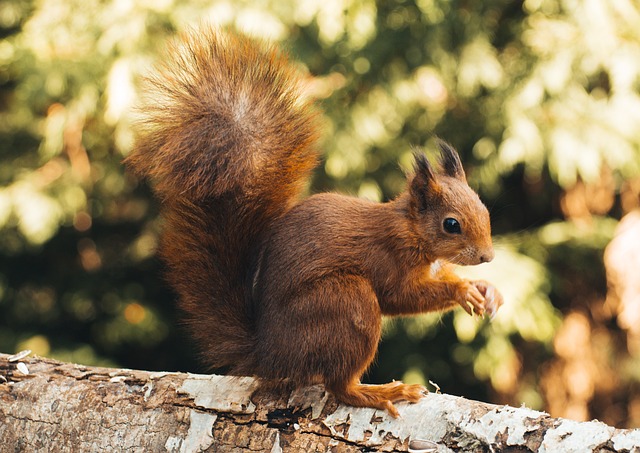
Colds
Most colds are caused by viruses, molds, and bacteria. The treatment is to take the Siberian Chipmunk to the doctor immediately, and the usual treatment is oral antibiotics. In addition, before the Siberian chipmunk catches a cold, the owner should pay attention to the temperature change of the Siberian chipmunk’s cage.
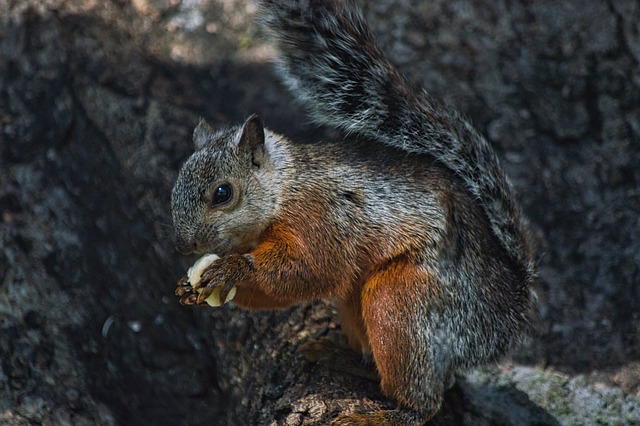
What do Siberian chipmunks eat?
The Siberian Chipmunk is an omnivore, feeding on tree seeds, seeds, grains, mushrooms, fruits, vegetables, insects, small birds and lizards. It is mainly active during the daytime, and is most active during morning and evening, when owners can choose this time to interact with it.

Siberian chipmunks like to eat carrots, groundnuts, spinach, cabbage, tomatoes, cucumbers, etc. They also like to eat nuts, and you can give Siberian chipmunks walnuts if you want them to grind their teeth.

There are nutritionally balanced diets for Siberian Chipmunks on the market, but not every Siberian Chipmunk will like all the feeds in the diet and eat all of them, so it is important to pay attention to a balanced diet when feeding.